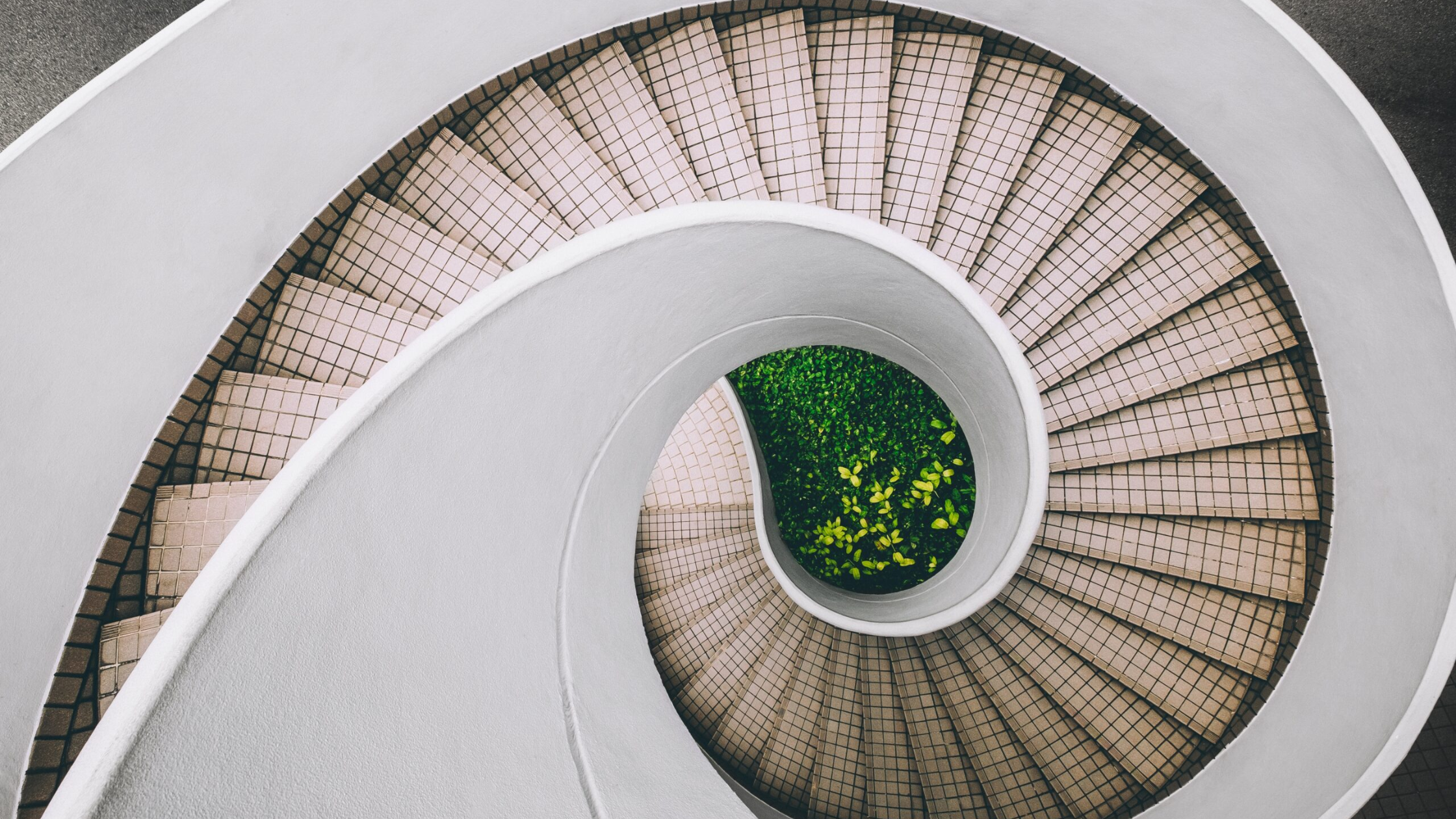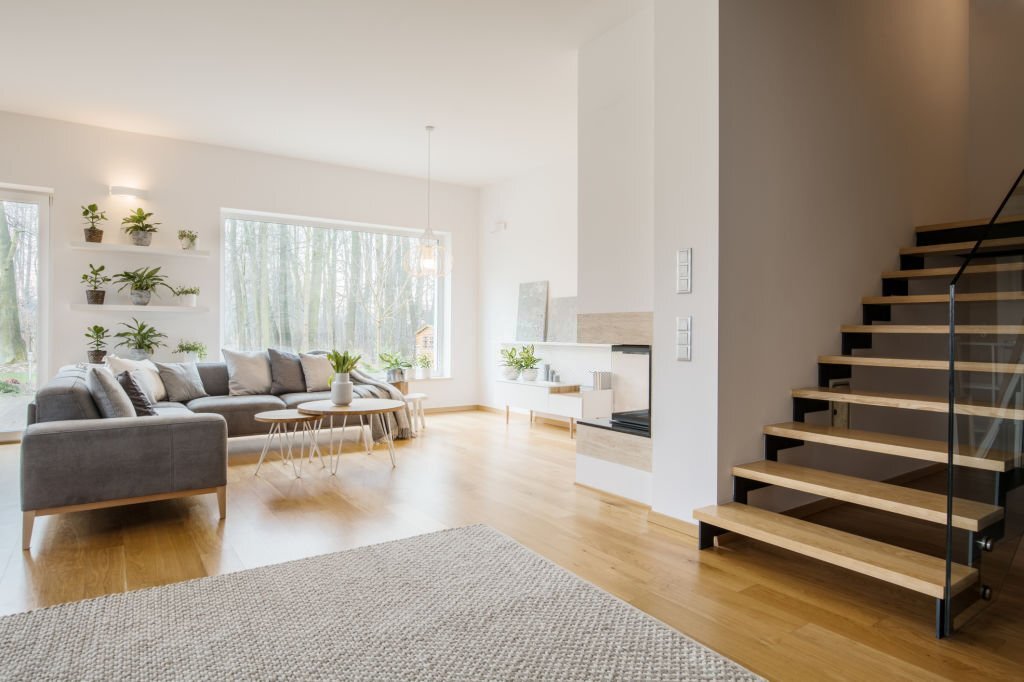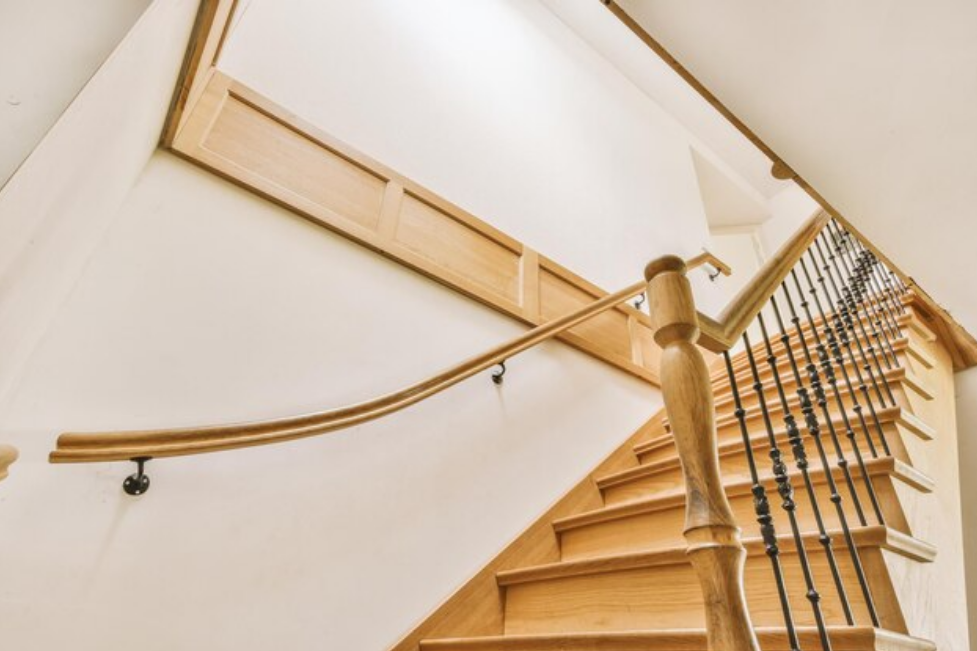When it comes to architectural marvels, few elements can capture the imagination quite like helical staircases. These stunning feats of design seamlessly blend elegance and functionality, making them a popular choice for homes and commercial spaces alike. Let’s talk more about helical staircases, exploring their unique design, space-saving benefits, and the expert insights required for their installation.
Helical stairs, often referred to as spiral or curved staircases, are characterised by their gracefully sweeping, curved shape. They represent a perfect marriage of form and function, adding an element of visual drama to any space while serving as a practical means of vertical circulation. Here are some key aspects that make helical staircases so alluring:
Aesthetic Appeal
Helical stairs are renowned for their eye-catching beauty. Their graceful curves and sweeping lines create an immediate focal point in any room, making them a stunning architectural feature. Whether crafted from wood, metal, glass, or a combination of materials, helical staircases offer endless design possibilities to suit a variety of interior styles, from classic to contemporary.
Space Efficiency
One of the standout benefits of helical staircases is their space-saving design. Unlike traditional straight staircases that can consume a significant amount of floor space, helical stairs spiral upward, taking up a fraction of the room. This makes them an ideal choice for small or tight spaces, allowing for more efficient use of the available area.
Flow and Continuity
Helical staircases are celebrated for their ability to enhance the flow and continuity of a space. They create a seamless connection between different levels, promoting an open and airy feel. This design feature is particularly valuable in modern open-concept homes and commercial spaces, where maintaining a sense of space and connectivity is essential.
Designing the Perfect Helical Staircase
Designing the best helical staircase in London requires careful consideration of various factors to achieve the desired balance between aesthetics and functionality. Here are some key aspects to keep in mind:
Materials and Finishes
Selecting the right materials and finishes is crucial to achieving the desired look and feel for your helical staircase. Wood provides a warm and timeless aesthetic, while metal and glass can lend a contemporary and minimalist vibe. The choice of handrails, balusters, and tread materials also plays a pivotal role in the overall design.
Space and Location
The available space and the location of the staircase within your home or building will influence the design. A skilled architect or designer will assess the layout and help determine the optimal placement and configuration of the helical staircase to maximize both visual impact and practicality.
Building Codes and Regulations
Compliance with local building codes and safety regulations is paramount. Helical staircases must meet specific requirements regarding tread width, riser height, handrail height, and more. It’s essential to work with professionals who are well-versed in these regulations to ensure a safe and legal installation.
Expert Installation Insights
Installing a helical staircase is a complex undertaking that demands a high level of expertise. Here are some key insights into the installation process:
Structural Considerations
Before installation begins, a structural analysis of the chosen location is essential to ensure that the building can support the weight of the staircase. Reinforcements may be required to ensure stability and safety.
Precision Measurement and Fabrication
Every component of the helical staircase must be precisely measured and fabricated to ensure a seamless fit. This includes the curvature of the steps, the angle of ascent, and the alignment of handrails and balusters. Any discrepancies in these measurements can lead to installation difficulties and compromise the overall look and functionality.
Skilled Craftsmanship
Skilled craftsmen and installers are crucial for achieving a flawless result. They must have experience working with curved staircases and possess the necessary skills to execute the design accurately. A high level of attention to detail is essential to ensure that every element aligns perfectly.
Safety and Accessibility
Safety is paramount in staircase design and installation. Handrails, balusters, and tread materials must meet safety standards to prevent accidents. Additionally, the staircase should be accessible to people of all ages and abilities, so the installation should consider features such as a consistent rise and run and the inclusion of anti-slip materials.
Helical staircases are more than just functional elements; they are works of art that enhance the aesthetics and functionality of any space they grace. Their elegant design, space-saving benefits, and expert installation insights make them a coveted choice for homeowners and architects alike. When considering a helical staircase for your space, collaborate with experienced professionals who understand the intricacies of design, fabrication, and installation to bring your vision to life. In doing so, you’ll have a unique architectural masterpiece that not only adds beauty to your space but also serves as a testament to the artistry of design and craftsmanship.





